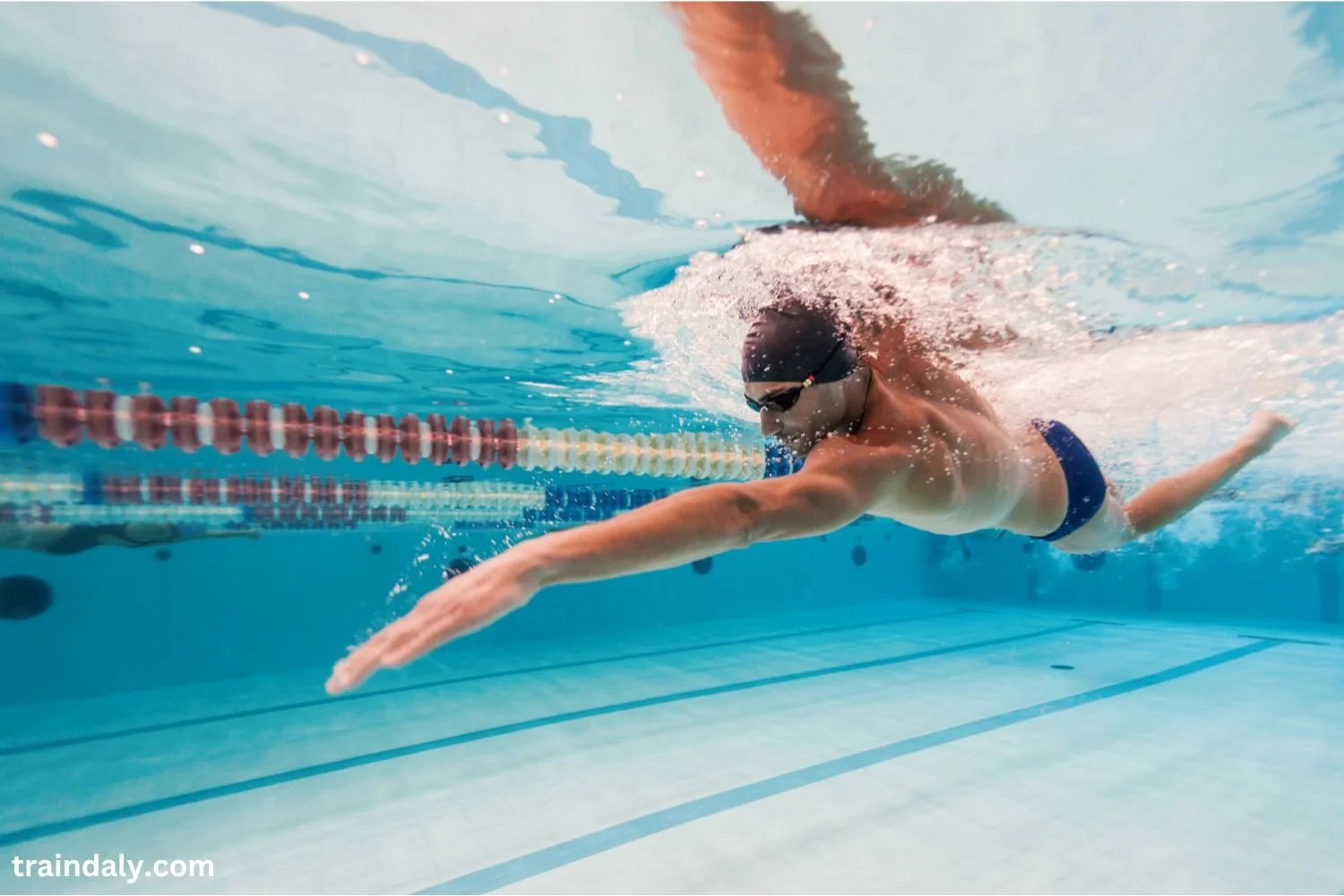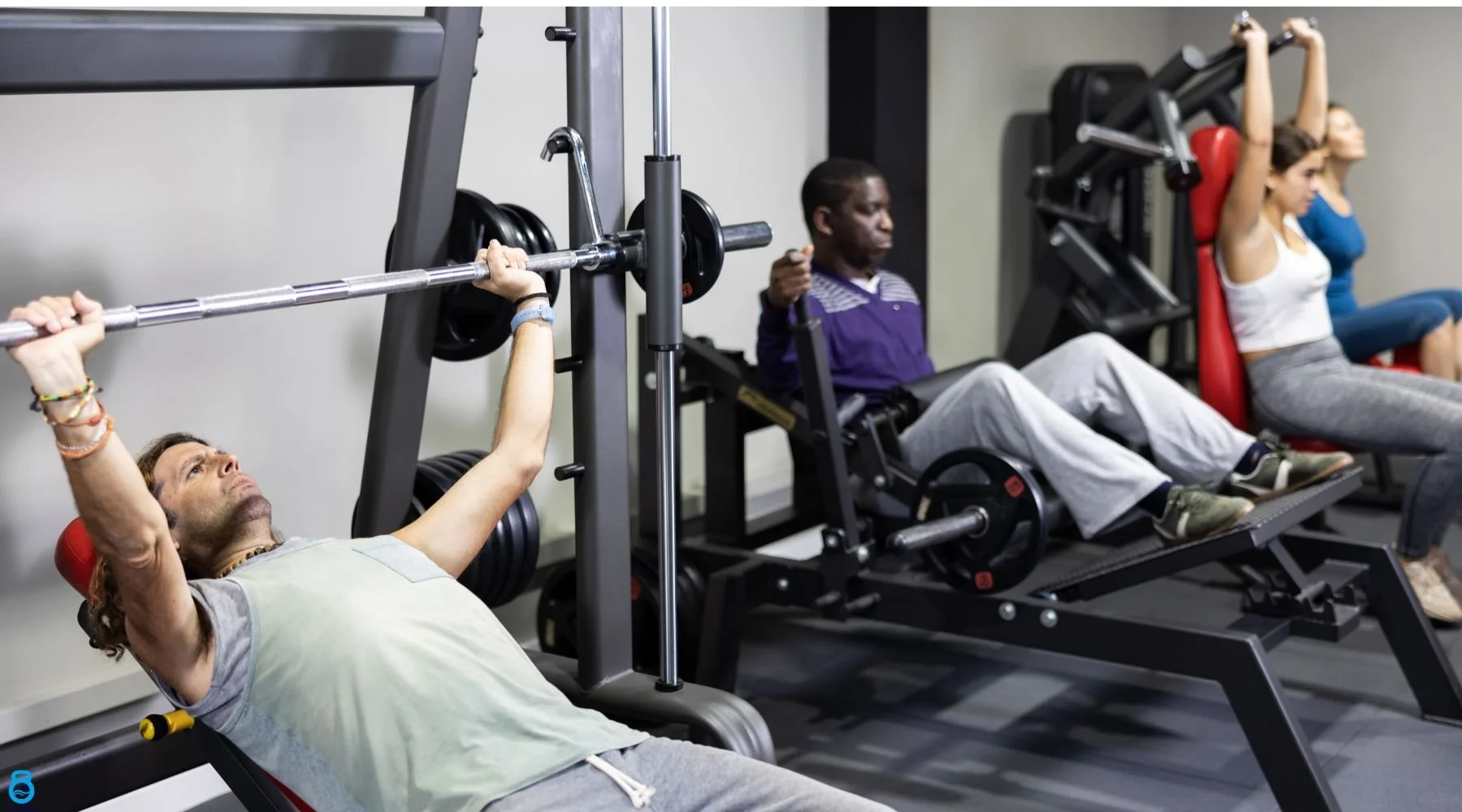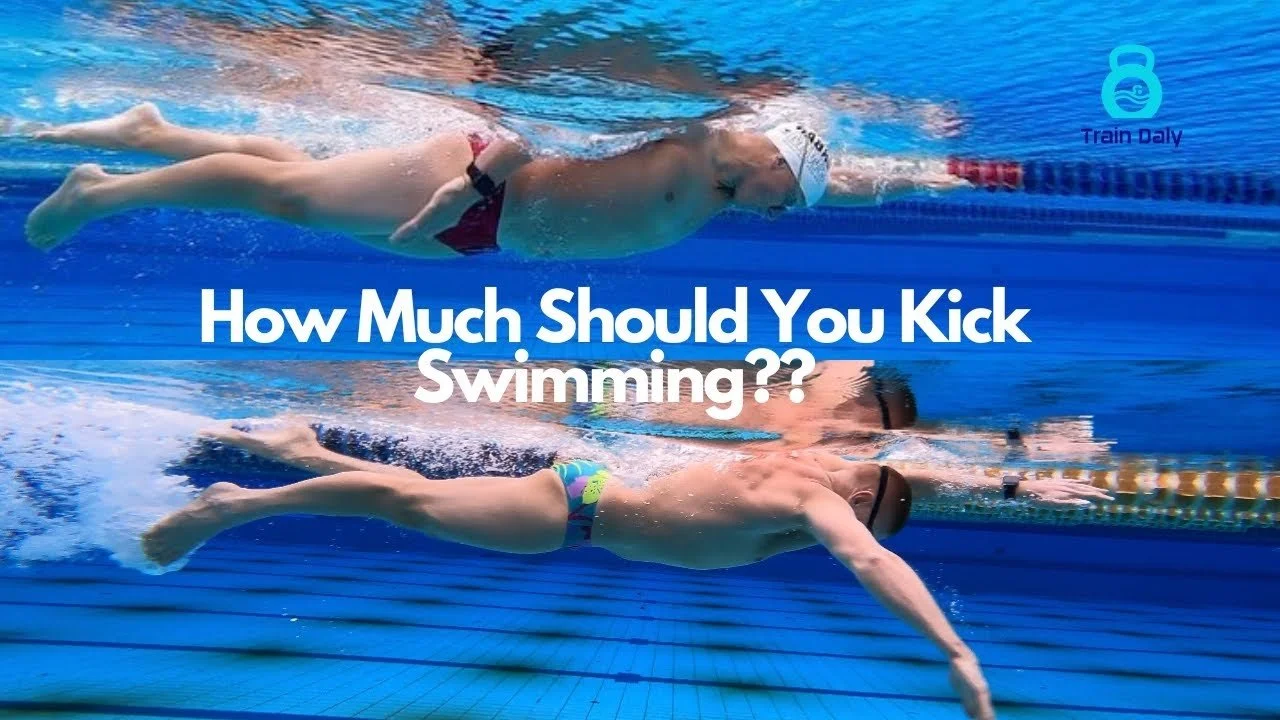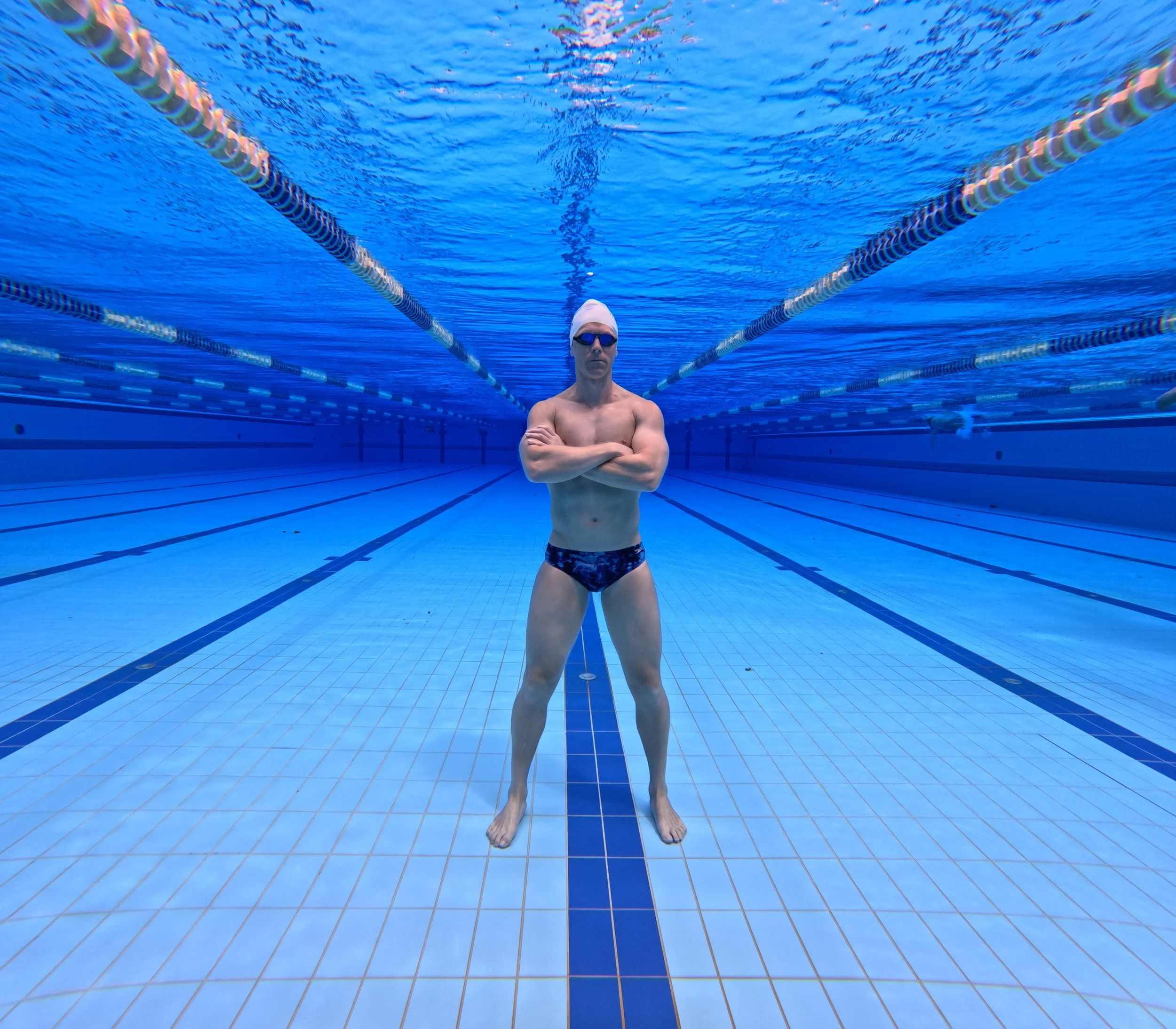Tapping into Muscle Mass - Type 1 vs Type 2 Muscle Fibers
/Understanding the difference between type 1 vs type 2 muscle fibers is crucial for optimizing your fitness routine. Type 1 fibers, or slow-twitch fibers, are built for endurance, and powering activities like distance swimming. Type 2 fibers, or fast-twitch fibers, generate explosive strength for sprints and heavy lifts. Both play essential roles in athletic performance and require targeted training to maximize their potential. Discover how to balance endurance and power exercises to activate both fiber types, boost lean muscle mass, and enhance your overall fitness. Read article.
Read More








